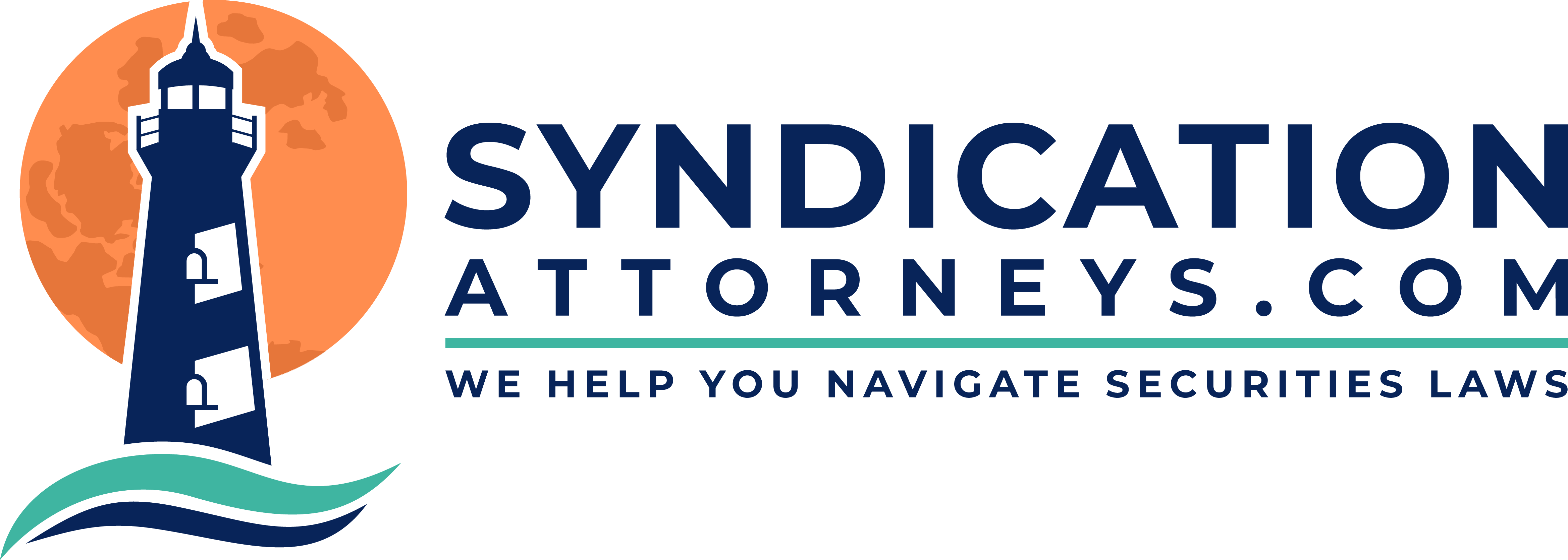
How to Be Successfully Unemployed with Real Estate With Dustin Heiner
Kim Lisa Taylor, Esq., interviews Dustin Heiner, founder of Master Passive Income, about his system for building lasting wealth with real estate investing.
Dustin’s expert team teaches beginners how to become successful real estate investors and create their own passive real estate income business from scratch. His ultimate goal is to help you quit your job with real estate investing.
Episode at a glance:
- The primary reasons ordinary people want to invest in real estate
- Where someone should start their real estate journey
- How to find properties
- Strategies for building generational wealth
- How to scale
More Podcasts:
Are you ready to raise private capital?
At Syndication Attorneys LLC, we are committed to your success – book a consultation with one of our team members today!

★★★★★
“Very useful, no-fluff knowledge!!!!”
Kim Lisa Taylor explains in simple language all the concepts of Syndicating a deal and do it right!!! She and her team members are true professionals. She has prepared over 26 PPM & Docs offerings for me and my companies. I highly recommend her services‼️‼️‼️🙌🙌 Thank You! Kim.
Vinney Smile Chopra
CEO of MONEIL Investment Group
★★★★★
“Kim is phenomenal and highly qualified”
Kim Lisa Taylor is amazing at what she does: representing her clients and holding the highest fiduciary interest for her endeavors. A phenomenal and well educated individual, I recommend anyone to look into her podcast and legal services seriously!
Apple Podcast Listener
★★★★★
“Great info!”
Attorney Taylor provides excellent information that even seasoned capital raisers tend to overlook or need a refresher on. In fact, the semi specified offerings are another way for structure that I will be looking into. Thanks Kim! These pods are great!
Kevin Dureiko
Principle Fund Manager at BirchDobson.com
Summer Fun(d) Sale!
☀️ 15% off all Blind Pool Funds, Customizable Funds, and Syndicates
🏖️ $300 off all Pre-Syndication Agreements (normally $1295, sale price ONLY $995!)
Expires August 31, 2024


